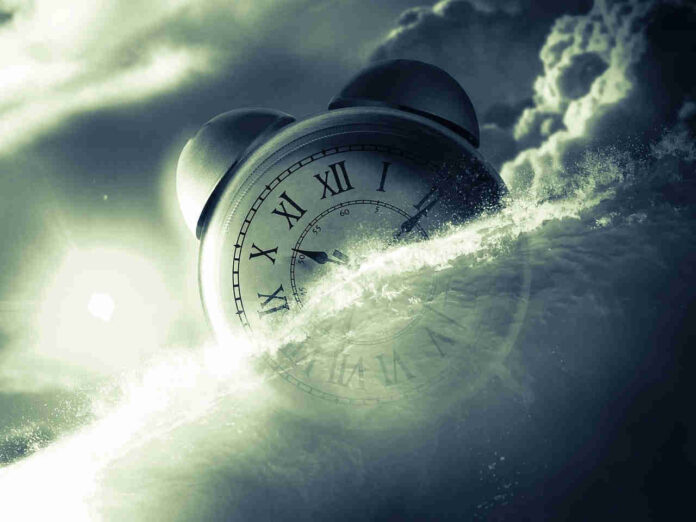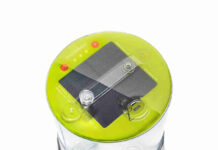
Water clocks, also known as clepsydra, have fascinated civilizations throughout history as ingenious devices that utilize water to measure time.
In this article, I will delve into the intriguing world of water clocks, exploring their origins, mechanics, cultural significance, and enduring legacy.
Section 1: The Origins of Water Clocks:
Water clocks have a long and illustrious history, dating back to ancient civilizations such as Egypt, China, and Greece.
The Egyptians are credited with the earliest known water clocks, which were used for various purposes including tracking the passage of time during religious ceremonies and regulating irrigation.
The design and construction of them spread to other cultures, evolving and being refined over time.
Section 2: Mechanics and Components:
Water clocks operate on the fundamental principle of controlled water flow. While designs varied, the basic mechanism involved water flowing from a higher container to a lower one. The upper container is filled with water, which gradually dripped or flowed into the lower container, indicating the passage of time.
To ensure accuracy, they incorporated various components. Floats, such as balls or cones, utilized to maintain a consistent water level. Calibrated vessels with markings enabled the estimation of time based on the water level. Some advanced water clocks even incorporated complex gear systems and escapements to regulate the flow and improve accuracy.
Section 3: Cultural Significance:
Water clocks held significant cultural and practical importance in ancient societies. They were used in religious ceremonies, providing precise timing for rituals and events. In legal proceedings, they ensured fairness by measuring specific time intervals for different actions.
They also played a role in astronomy, navigation, and even the regulation of water distribution for agriculture.
Water clocks represented the advancements of civilization and highlighted the achievements of the respective cultures that developed and utilized them. The Greeks, for example, further refined them with innovative features, contributing to their scientific and technological reputation.
Section 4: Legacy and Revival:
While water clocks have been largely replaced by modern timekeeping devices, their legacy endures. They are recognized as fascinating historical artefacts and engineering marvels.
Museums and historical exhibits showcase beautifully crafted replicas of such of device, allowing visitors to appreciate the craftsmanship and technical brilliance of these ancient timepieces.
One notable example of a water clock is the Pincio Water Clock, also known as the Water Clock of Villa Borghese. Situated in the beautiful Villa Borghese gardens in Rome, Italy, this device is a testament to the enduring legacy of ancient timekeeping devices.
The Pincio Water Clock was designed by Giovanni Battista Embriaco, an Italian engineer, and was installed in the late 19th century. It stands as a captivating combination of art, engineering, and water-driven mechanics.
The clock’s intricate structure features a central water basin with various channels and spouts that control the flow of water.
As the water flows through the channels, it activates different mechanical elements, including rotating disks, floating balls, and bell chimes, which contribute to the display of time.
Visitors to the Pincio Water Clock can witness this elaborate mechanism in action, marveling at the harmonious interaction between water and precision engineering. The Pincio Water Clock is just one example among many remarkable water clocks throughout history.
The ancient Greeks, renowned for their contributions to science and technology, developed sophisticated water clocks with advanced mechanisms. One notable example is the Tower of the Winds in Athens, which housed a water clock along with sundials and a weather vane.
Another famous water clock is the Elephant Clock, created by the Muslim inventor Al-Jazari in the 13th century. This magnificent clock featured an elephant statue with a water tank on its back. The water flowed from the tank to various mechanical components, indicating the time through the movement of gears and markers.
These examples demonstrate the diverse range of water clocks throughout history, each showcasing unique designs and innovations. From ancient Egypt to medieval Europe and Islamic civilizations, they have left an indelible mark on human history, embodying the intricate blend of art, engineering, and timekeeping ingenuity.
Today, while water clocks may not be as prevalent in everyday life, their historical significance and artistic appeal continue to inspire fascination and appreciation. Museums and historical sites around the world proudly display these intricate timekeeping devices, allowing visitors to experience the magic of water-powered clocks first hand and gain a deeper understanding of our shared human heritage.
In recent years, there has been a revival of interest in water clocks as unique decorative and functional objects. Artisans and enthusiasts create modern interpretations, incorporating contemporary design elements while staying true to the ancient principles.
These revived water clocks serve as captivating pieces that connect us to our past and evoke a sense of wonder.
Bedol water clock to be bought
Bedol is one example of a nowadays type of water clock more eco-friendly made from non-PVC plastic, that can be fully recyclable and non-toxic.
True to its name, this innovative bedroom eco gadget clock is solely powered by water, utilizing an electrode system that brings us closer to a cleaner, greener environment!
Cutting-Edge Technology
Bedol water clocks is very precise, offering you perfect time without the need for batteries or electricity. Simply open the fill cap, pour in tap water, and voila, this eco gadget works!
The electrodes in the reservoir work their magic, converting ions into clean energy, allowing the clock to run continuously for an impressive 2-3 months without refilling!
A Unique Décor Eco Gadget
This water-powered clock steals the spotlight wherever it finds itself, be it your office desk or any corner of your home. Adjusting the time settings is a breeze, ensuring a hassle-free experience. With its built-in memory chip, you can change the water without losing track of time.
Modern & Vibrant Design
This office desk eco gadget clock effortlessly captivate attention with their bold and colorful design options! It is offered in four stunning designs, each featuring a delightful palette of fresh colors, including blueberry blue, kiwi green, tangerine orange, plum purple, smoke gray, and more!
An Unforgettable Gift
Bedol’s alarm eco gadget clock is a true showstopper, thanks to its unique water-powered system and appealing, fun design. It’s the perfect gift for any occasion, leaving a lasting impression effortlessly!
Water clocks conclusions:
Water clocks stand as testament to the human desire to measure and understand the passage of time. Through their intricate mechanisms and cultural significance, they offer us a glimpse into the ingenuity and achievements of ancient civilizations.
While modern technology has replaced water clocks as practical timekeeping devices, their allure persists, reminding us of the fascinating intersections between science, art, and history.



